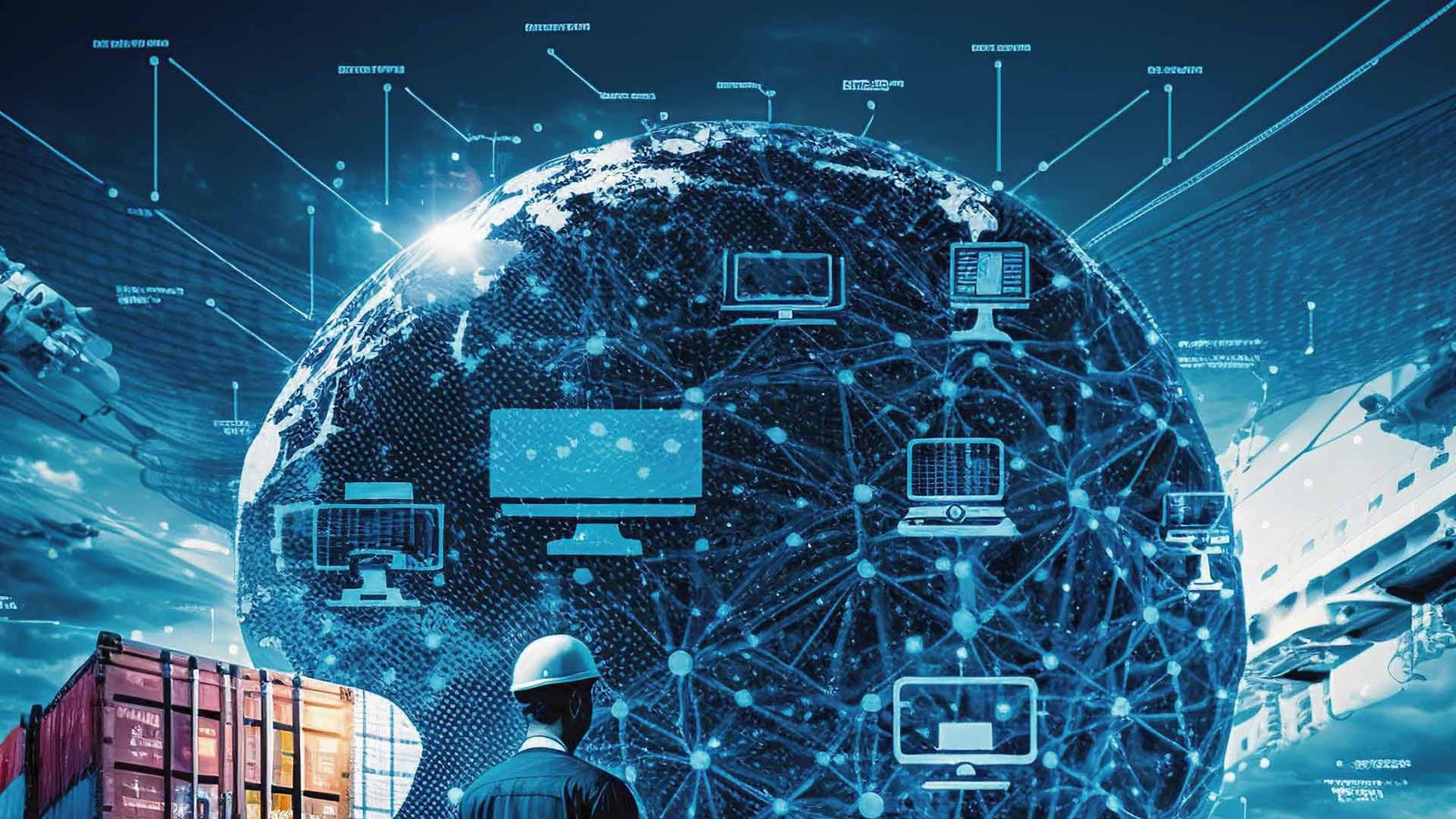The Reality Of Bringing Manufacturing Jobs Back To The US: A Trump Legacy Assessment

Table of Contents
Trump Administration Policies Aimed at Reshoring
The Trump administration implemented several policies intended to boost domestic manufacturing and encourage reshoring. These can be broadly categorized into tariffs, tax cuts, and regulatory reform.
Tariffs and Trade Wars
A cornerstone of Trump's economic strategy was the imposition of tariffs on various imported goods. The rationale was to protect American industries from foreign competition, making domestically produced goods more competitive and encouraging companies to manufacture within the US. However, these tariffs ignited trade wars, leading to retaliatory measures from other countries.
- Impact: While some US manufacturers benefited from reduced competition, consumers faced higher prices on imported goods. The effectiveness of tariffs in stimulating domestic manufacturing remains debated. Studies show mixed results, with some sectors experiencing growth while others suffered due to reduced exports.
- Examples: The 25% tariff on imported steel and aluminum impacted industries relying on these materials, while retaliatory tariffs from China targeted agricultural products, affecting US farmers. The overall economic impact was complex and far-reaching.
Tax Cuts and Corporate Incentives
The Tax Cuts and Jobs Act of 2017 significantly reduced the corporate tax rate from 35% to 21%. The administration argued this would incentivize businesses to invest more in the US, including in manufacturing, leading to job creation.
- Effects: While corporate profits increased, the actual effect on manufacturing investment and job creation remains a subject of ongoing debate. Some argue the tax cuts spurred investment, while others contend that other factors, such as automation, played a more significant role.
- Downsides: Critics point to the increased national debt as a major downside, arguing that the long-term economic consequences outweigh the short-term benefits. The distribution of benefits was also uneven, with larger corporations disproportionately benefiting.
- Examples: While some companies did invest in expansion and hiring, others used the extra capital for stock buybacks or increased shareholder dividends.
Regulatory Reform
The Trump administration pursued a policy of deregulation, aiming to reduce the regulatory burden on businesses, making the US a more attractive location for manufacturing.
- Impact: While some manufacturers experienced reduced compliance costs, concerns remain about potential negative consequences on worker safety and environmental protection. The extent to which deregulation contributed to job creation in the manufacturing sector remains unclear.
- Examples: Rollbacks of environmental regulations were touted as reducing compliance costs for manufacturers, while critics argued this led to increased pollution and environmental damage. Similar debates surrounded safety regulations.
The Actual Impact on US Manufacturing Jobs
Assessing the impact of Trump's policies on US manufacturing jobs requires a nuanced look at job growth numbers, their geographic distribution, and the role of automation.
Job Growth Numbers
Manufacturing job growth during the Trump administration was positive, but interpreting this requires context.
- Statistics: While job numbers increased, the rate of growth was not significantly higher than under previous administrations, and it lagged behind overall job growth in the broader economy.
- Comparison: Comparing the numbers to previous administrations, particularly considering economic cycles, is crucial. The growth may have been influenced by factors other than Trump's policies.
- Contributing Factors: Global economic conditions, automation, and shifts in consumer demand all played roles in job creation or loss.
Geographic Distribution of Job Growth
Job creation wasn't evenly distributed across the US.
- Regional Disparities: Certain regions and industries saw more significant growth than others. This creates regional economic imbalances.
- Job Quality: It's essential to consider the types of jobs created. Were they high-paying skilled positions or lower-paying, less secure jobs?
- Examples: Some areas experienced significant growth in specific industries, such as automotive manufacturing in certain states, while others saw little or no change.
The Role of Automation
Automation significantly impacts manufacturing employment.
- Impact: While automation can increase productivity and efficiency, it also leads to job displacement. This trend predates the Trump administration and continues to accelerate.
- Counteracting Effects: The extent to which automation negated the positive impact of Trump's policies is debated. Increased productivity from automation could have offset some job creation.
- Workforce Adaptation: Addressing the need for workforce retraining and adaptation to technological change is crucial for navigating the challenges of automation.
Long-Term Implications and Future of Reshoring
The future of reshoring depends on several factors, including geopolitical events and sustainability considerations.
Geopolitical Factors
Global trade tensions and geopolitical instability significantly affect manufacturing trends.
- Trade Wars: The Trump administration's trade policies, while intending to stimulate domestic manufacturing, created uncertainty and disruptions in global supply chains.
- Supply Chain Diversification: Companies are increasingly diversifying their supply chains to reduce reliance on any single country or region, which could impact reshoring efforts.
- Examples: Geopolitical events like the COVID-19 pandemic exposed vulnerabilities in global supply chains, pushing some companies to consider reshoring or nearshoring.
Sustainability and the Future of Manufacturing
Sustainability is increasingly influencing manufacturing decisions.
- Environmental Concerns: Companies are under pressure to adopt more environmentally friendly manufacturing practices.
- Green Manufacturing: This focus creates opportunities for "green jobs" in sectors focused on sustainable technologies and practices.
- Incentives: Governments are increasingly implementing incentives to promote sustainable manufacturing, potentially influencing reshoring decisions.
Conclusion
The Trump administration's policies aimed at reshoring manufacturing produced mixed results. While some sectors experienced growth, the overall impact on job creation was less dramatic than initially promised. Factors such as automation, global economic conditions, and geopolitical events played significant roles in shaping the outcome. The debate continues around the effectiveness of tariffs, tax cuts, and deregulation in promoting domestic manufacturing. Further research and nuanced policy discussions are crucial to understand the long-term implications of this critical economic issue. Understanding the complexities of bringing manufacturing jobs back to the US requires a comprehensive understanding of the economic, political, and social factors at play. Continue learning about the realities of reshoring and the future of American manufacturing.

Featured Posts
-
 Hilarious White House Encounters Trump The Irish Pm And Jd Vances Socks
May 21, 2025
Hilarious White House Encounters Trump The Irish Pm And Jd Vances Socks
May 21, 2025 -
 The Reality Of Bringing Manufacturing Jobs Back To The Us A Trump Legacy Assessment
May 21, 2025
The Reality Of Bringing Manufacturing Jobs Back To The Us A Trump Legacy Assessment
May 21, 2025 -
 Outrun Movie Michael Bay Directing Sydney Sweeney Cast
May 21, 2025
Outrun Movie Michael Bay Directing Sydney Sweeney Cast
May 21, 2025 -
 From Reddit To The Big Screen The True Story Behind The Viral Missing Girl Phenomenon And Its Sydney Sweeney Movie
May 21, 2025
From Reddit To The Big Screen The True Story Behind The Viral Missing Girl Phenomenon And Its Sydney Sweeney Movie
May 21, 2025 -
 New Looney Tunes Animated Short Featuring Cartoon Network Stars 2025
May 21, 2025
New Looney Tunes Animated Short Featuring Cartoon Network Stars 2025
May 21, 2025
Latest Posts
-
 Big Bear Ai A Detailed Investment Analysis For 2024
May 21, 2025
Big Bear Ai A Detailed Investment Analysis For 2024
May 21, 2025 -
 Big Bear Ai Stock Buy Sell Or Hold
May 21, 2025
Big Bear Ai Stock Buy Sell Or Hold
May 21, 2025 -
 Investing In Big Bear Ai A Current Market Perspective
May 21, 2025
Investing In Big Bear Ai A Current Market Perspective
May 21, 2025 -
 Is Big Bear Ai Stock Worth Buying A Detailed Look
May 21, 2025
Is Big Bear Ai Stock Worth Buying A Detailed Look
May 21, 2025 -
 Driving In A Wintry Mix Of Rain And Snow Safety Tips
May 21, 2025
Driving In A Wintry Mix Of Rain And Snow Safety Tips
May 21, 2025
